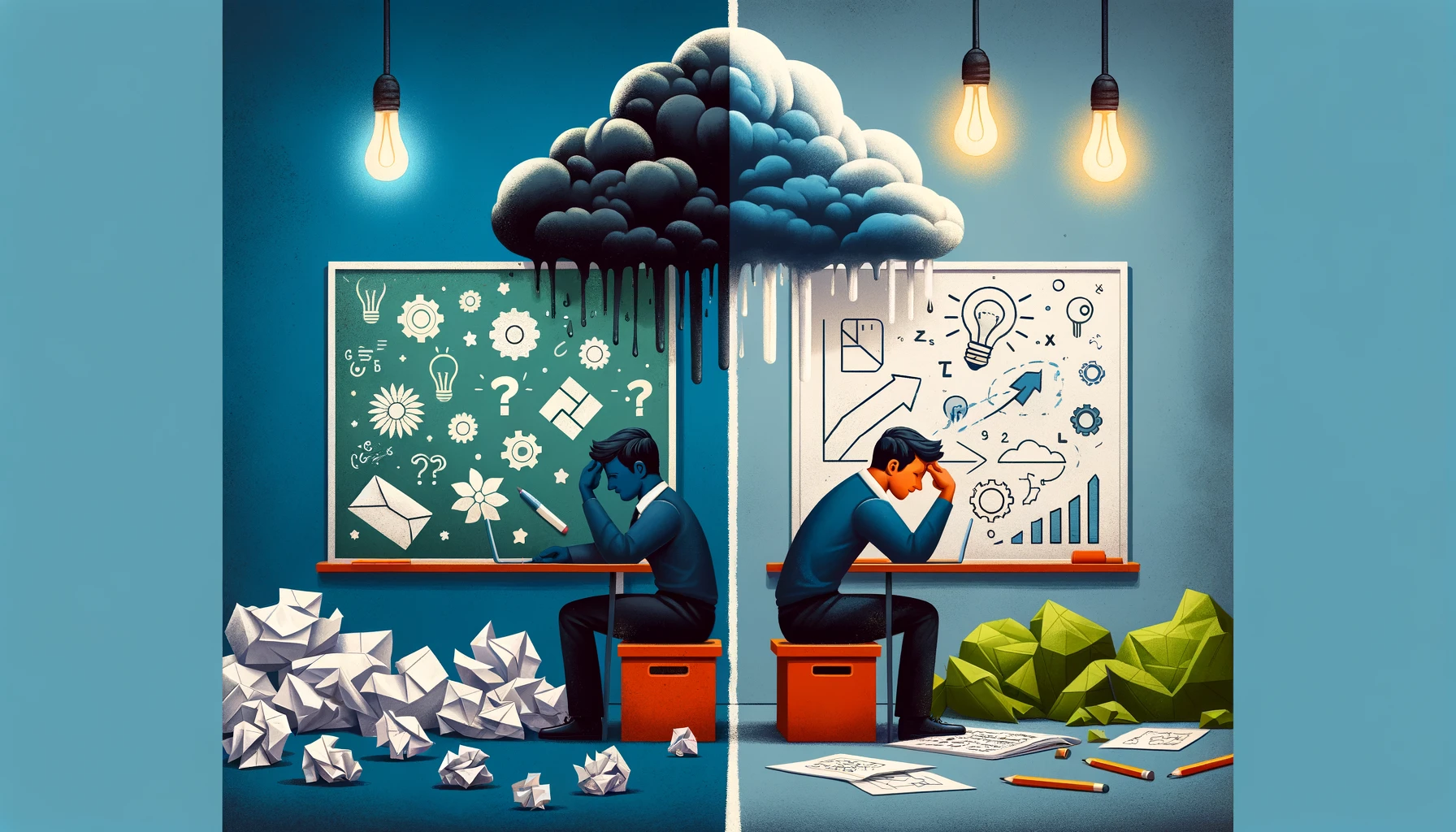
The agile mindset is fundamental to understanding and successfully implementing agile methodologies within organizations. It represents a thought process that emphasizes understanding, collaboration, learning, and flexibility, allowing teams to adapt to change and achieve high-performing results. This mindset is not just about adopting agile practices but truly understanding and incorporating them into all aspects of work to optimize processes and tools for delivering value incrementally to customers.
Central to the agile mindset are several key attitudes and behaviors:
Collaboration: Essential for solving complex problems and reducing handoffs by working closely within and across teams.
Continuous Improvement: Encouraging an environment where processes are always under review for potential improvements.
Learning from Failures: Allowing individuals to take risks and learn from their mistakes without fear of repercussions.
Pride in Ownership: Motivating teams to deliver high-quality work.
Focus on Delivering Value: Prioritizing customer value and adapting to changes swiftly and efficiently.
The agile mindset is also defined by 12 principles, which include customer satisfaction through early and continuous delivery, welcoming changing requirements, and promoting cross-functional team collaboration. These principles guide businesses in fostering a culture that emphasizes continuous improvement, adaptability, and a strong focus on customer value.
Adopting an agile mindset comes with challenges, such as resistance to change, ensuring psychological safety, maintaining agile practices across departments, measuring the value of agility, and adapting to remote or hybrid work environments. Solutions include cultivating a culture that values adaptability, implementing company-wide agile frameworks, and leveraging technology to maintain communication and collaboration.
Indicators of an agile mindset within teams include viewing failure as a learning opportunity, welcoming diverse perspectives, sustaining a healthy work pace, and being open and transparent about work and failures. This mindset also emphasizes the importance of collaboration, communication, and the willingness to adapt and change.
Ultimately, agile is a mindset informed by the Agile Manifesto’s values and principles, focusing on creating and responding to change and dealing with uncertainty. Agile methodologies, therefore, are the conventions a team chooses to follow in alignment with these values and principles, emphasizing the adaptability of practices and techniques to fit the team’s context.
Conclusion: The agile mindset
In essence, the agile mindset is about more than just the mechanical application of agile practices; it's about cultivating a culture that embraces change, learns from failures, and continuously seeks improvement. This approach not only leads to better project outcomes but also fosters a more engaged and adaptive team environment.
References
Atlassian. "The Pillars of Agile Mindset: Key to High-Performing Teams." www.atlassian.com.
InfoQ. "What Exactly is the Agile Mindset?" www.infoq.com.
Agile Change Leadership Institute. "Agile Mindset - Definition, 12 Principles & Real World Examples." aclinstitute.com.
Agile Scrum. "What is the Agile Mindset?" www.agile-scrum.be.
Agile Alliance. "What is Agile? | Agile 101." www.agilealliance.org.
AgileConnection. "What Does It Mean to Have an Agile Mindset?" www.agileconnection.com.
